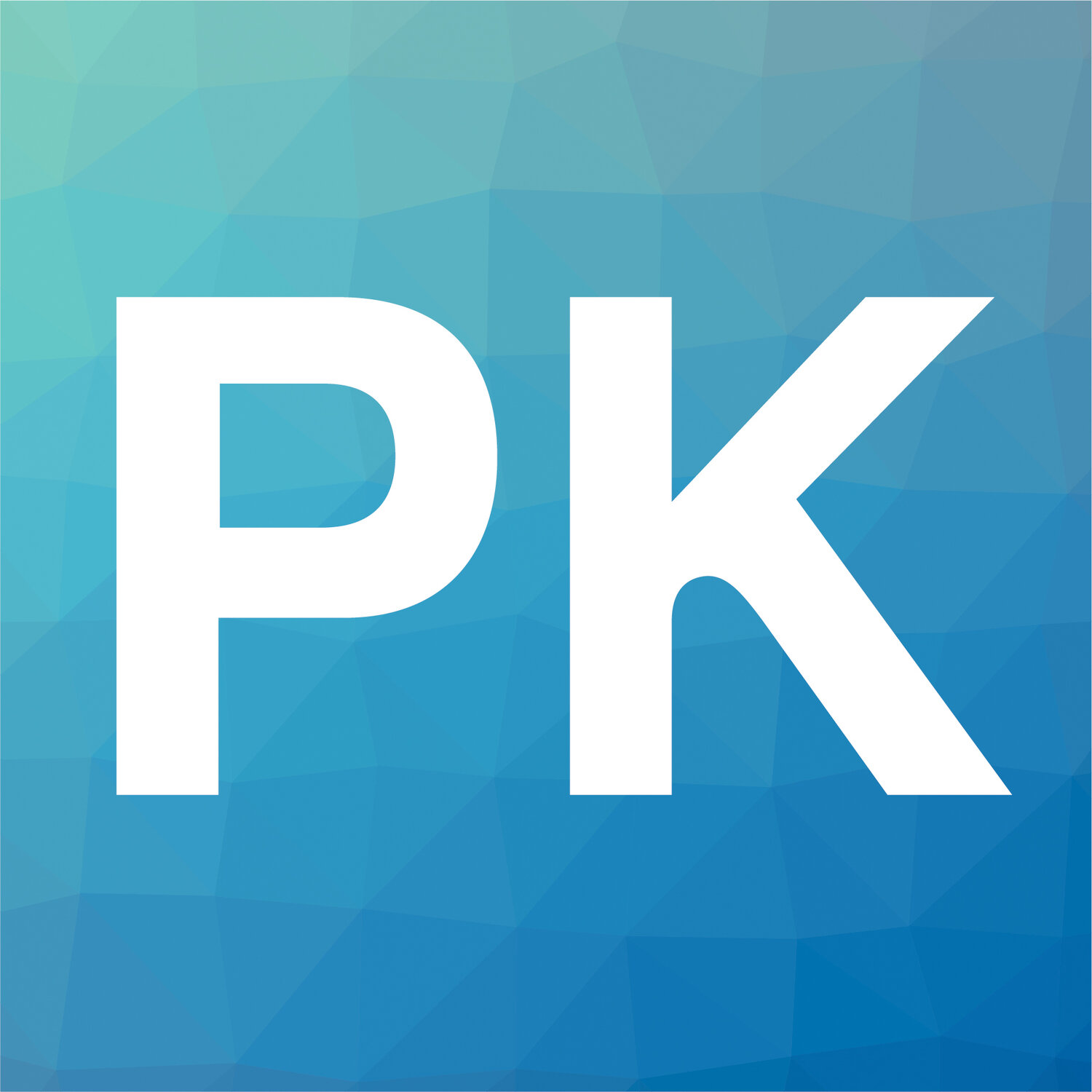What on earth is the Internet of Things? While it may sound like a colloquial term, it actually refers to physical items that have specific, internet-based capabilities included. At the consumer level, it’s commonly associated with a “smart home” or “smart devices.” Common household examples include:
Amazon Echo
Fitbit
Google Home
Mr. Coffee Smart Coffeemaker
Nest thermostats
Owlet Smart Sock
Ring doorbells
Snapshot from Progressive Insurance
Tile Mate trackers
WEMO light switch from Belkin
The Statista Research Department forecasts that there will be more than 75 billion Internet of Things (IoT) devices in use by 2025—roughly three times the number of such devices in 2019. There is a wide range of consumer uses for this technology, and the market segment is growing. But are they beneficial for corporate organizations? Absolutely!
Ahead of Hurricane Irma, an IoT system named Particle was used to drain a retention pond in Ormond Beach, Florida. This helped prevent flooding in the region, which was especially useful as Hurricane Harvey set the record as the wettest hurricane recorded in the U.S a few days prior. Additionally, this same system was employed in New York City to prevent 2.7 million gallons of stormwater from entering the sewer system during a six-month period.
IoT is also commonly used to monitor supply chains and delivery dispatches. Devices are implemented in the transportation method (frequently trucks, delivery vans, or trains) to provide real-time updates of where the product is currently located and calculate an anticipated arrival. Alternatively, devices connected to specific supplies will track the quantity on hand and automatically reorder when they are low in stock, preventing delays and shutdowns.
If tracking information such as volume within a container, temperature, or climate within a specific environment is vital to a business, IoT can assist as well! Various devices can use sensory radars to accurately measure how full containers such as grain silos, brewery kegs, and concrete mixers are. Different models are used to ensure specific temperature levels are maintained, such as in cold food storage devices. In environments such as greenhouses or museums, they can also be used to ensure the correct amount of humidity is maintained. Devices can be configured to automatically adjust a room’s settings once they’re out of compliance, or alert personnel.
The healthcare industry uses IoT in a variety of manners, especially with the onset of COVID-19. For patients, it is used for pharmaceutical drug management to dispense medication at specific times and quantities—which is especially helpful for the elderly or those with memory problems. Many hospitals use IoT to ensure hand hygiene compliance among healthcare professionals, reducing the spread of illnesses. Furthermore, it can provide remote patient monitoring (reduce potential exposure both for patients and practitioners), as well as facilitating virtual telehealth appointments.
IoT is firmly established in our world and our work; it will continue to be incorporated even further into our daily routines. At PK Information, our favorite part of IoT is that these devices can easily be connected to FileMaker databases through the use of APIs. This means that not only can they be used for more accurate and timely data tracking, but can also be easily accessed within a business’s established workflow without needing to add additional dashboard software. Especially when combined with automation, Internet of Things devices can dramatically improve productivity, reduce overhead, and create greater stability and profitability for businesses that implement it.
PK Information is a FileMaker-certified development agency serving the Tampa Bay, Miami Lakes, and Knoxville regions. We believe that great software can change everything. Would expert consulting about the best technology solution for your business problem be helpful? Contact us today!
SUBSCRIBE
Sign up with your email address to receive future posts like this directly to your inbox.

